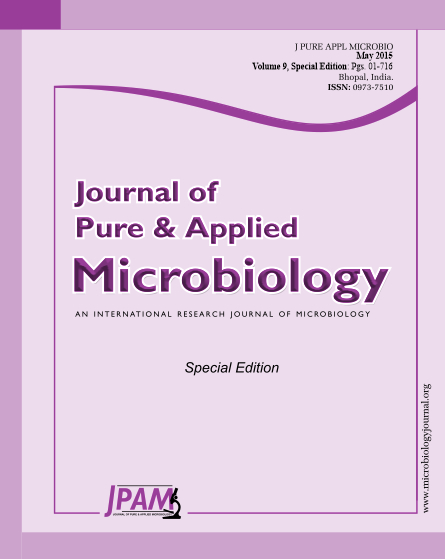E-mail becomes a most important communication source in day today’s life. Medical industry has emerged with the facility of transmitting the patients’ prescription through the Email service. Spam is a very serious problem in medical email communication that has been gradually afflicting the user of the medical web portal. Programs named as spam filters are applied to assist the medical web portal users in deciding if an email is valuable for reading or not. For instance a hospital web portal has been taken for the email communication process. The incoming mails to the hospital web portal may include the spam mails which will be efficiently categorized into the spam and non-spam mails. The proposed spam filtering system is used for a variety of medical web portal users. Thus, in this paper, the Artificial Immune System with Local Feature Selection (AISLFS) is proposed for the classification of spam and ham mails and it has the special characteristic of inbuilt feature selection process. The Score based system is used to generate the rules, the incoming mails are about to answer the rules and a separate score is maintained for each feature of the email. Then the AISLFS classifier classifies the email using the significant features and the feature scores by comparing the training dataset which is trained using the Resilient Back Propagation Neural Network Algorithm.
Email service, medical web portal, Apriori algorithm, Artificial Immune System with Local Feature Selection (AISLFS), Score based system, Resilient Back Propagation Neural Network Algorithm
© The Author(s) 2015. Open Access. This article is distributed under the terms of the Creative Commons Attribution 4.0 International License which permits unrestricted use, sharing, distribution, and reproduction in any medium, provided you give appropriate credit to the original author(s) and the source, provide a link to the Creative Commons license, and indicate if changes were made.


